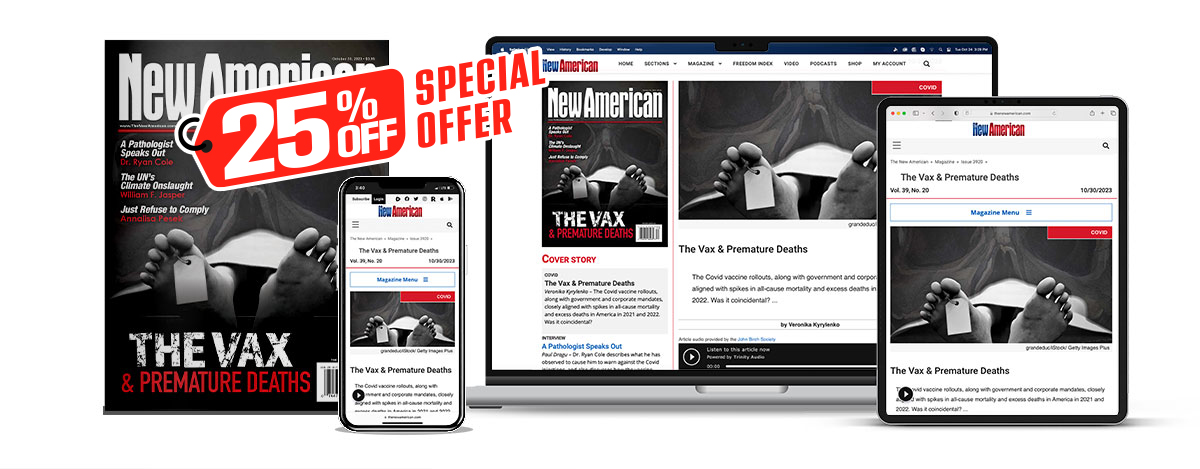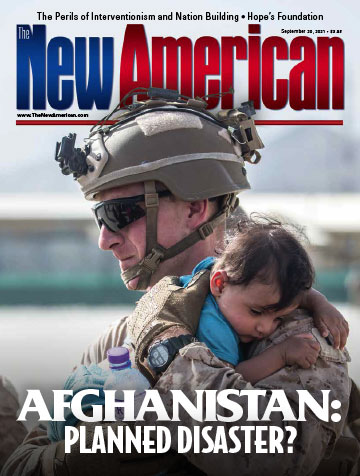Inside Track
Plastic Barriers Don’t Stop COVID-19 Transmission, May Make It Worse

All those plastic screens that have been erected to stop the spread of COVID-19 are useless and may even make viral transmission more likely, the New York Times reported August 19.
Businesses and schools hastily put up the clear barriers last year at the urging of so-called public-health experts such as the bureaucrats at the Centers for Disease Control and Prevention (CDC). The barriers were supposed to prevent the coronavirus from being transmitted from person to person by blocking tiny, virus-laden particles exhaled by infected individuals from entering others’ airspace.
The concept of germ-proof barriers, however, runs smack into the laws of physics. Unless people are completely enclosed in such barriers, air can still get around them; and eventually it, and the particles it carries, will. Furthermore, by changing the airflow pattern in a space, the barriers may redirect the particles to other people and even concentrate those particles in their space, making them more likely to contract COVID-19 than they otherwise would be.
JBS Member?
Sign in with your ShopJBS.org account.
 Subscribe Now
Subscribe Now
- 12 Issues Per Year
- Digital Edition Access
- Digital Insider Report
- Exclusive Subscriber Content
- Audio provided for all articles
- Unlimited access to past issues
- Cancel anytime.
- Renews automatically
 Subscribe Now
Subscribe Now
- 12 Issues Per Year
- Print edition delivery (USA)
*Available Outside USA - Digital Edition Access
- Digital Insider Report
- Exclusive Subscriber Content
- Audio provided for all articles
- Unlimited access to past issues
- Cancel anytime.
- Renews automatically


